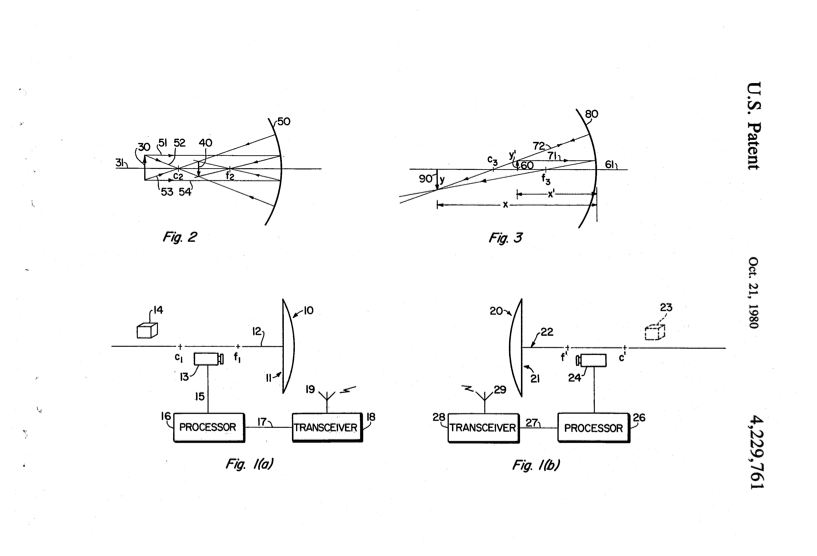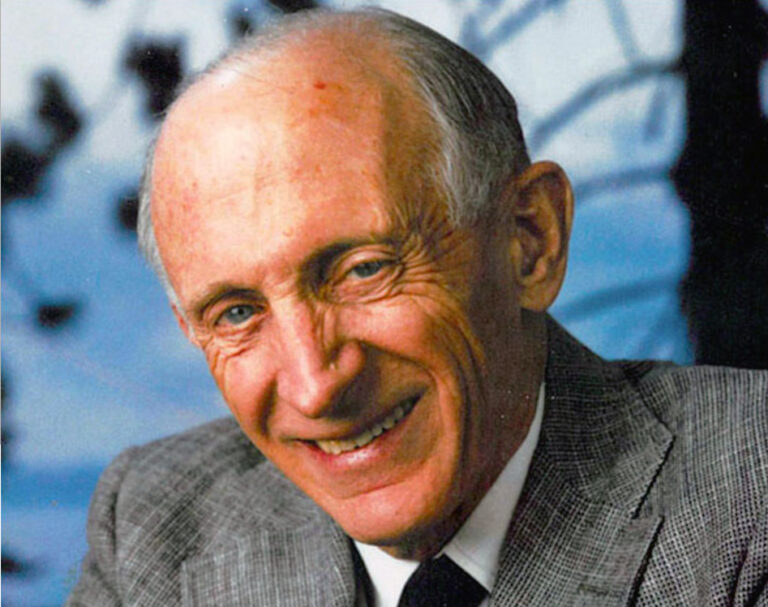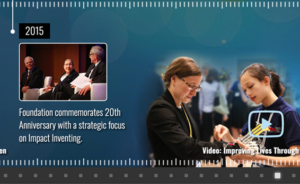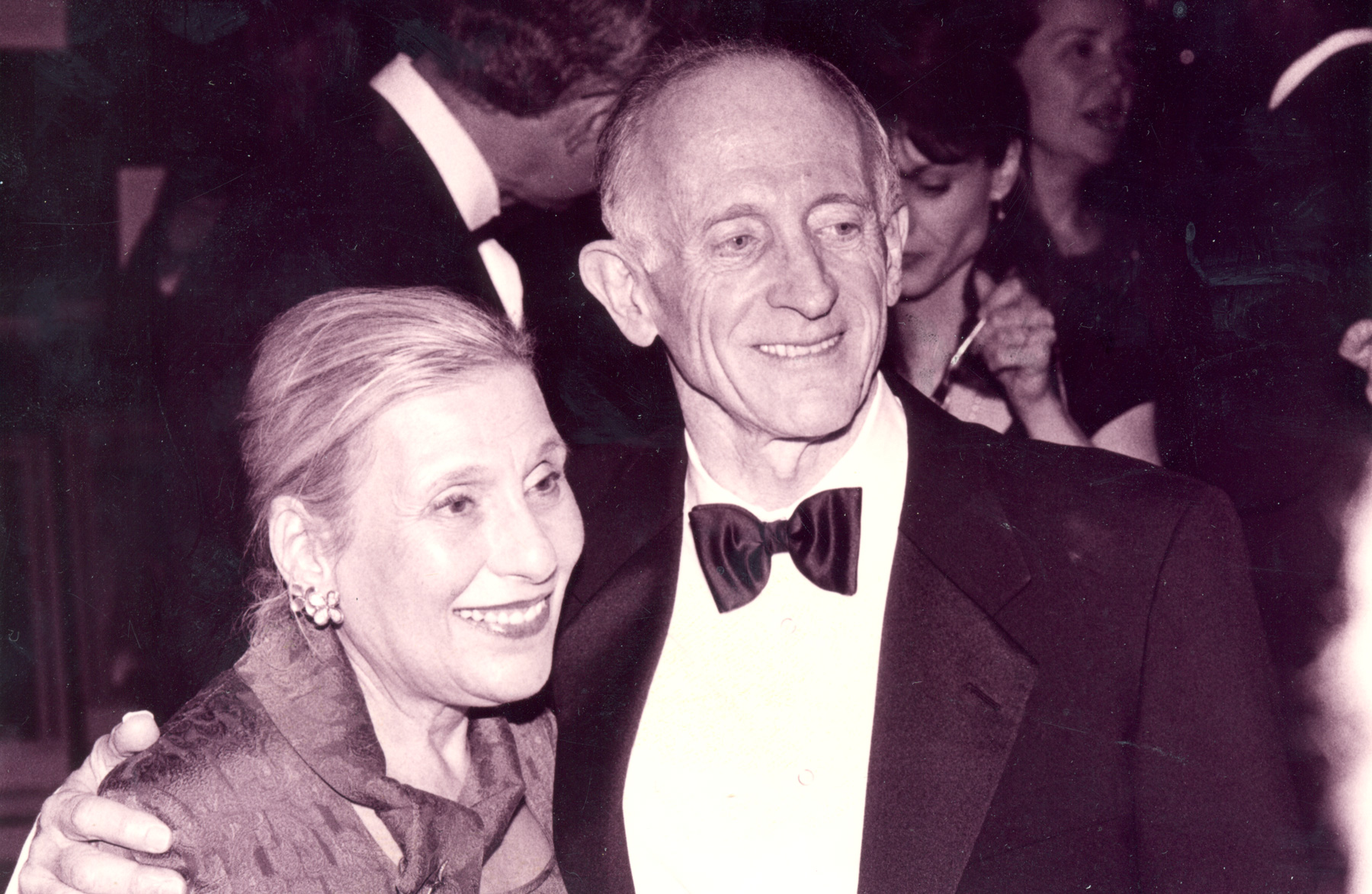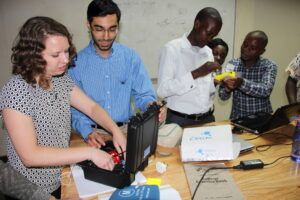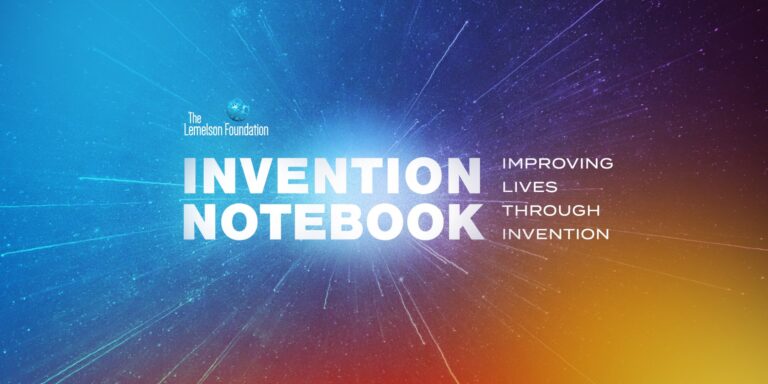Valerie Thomas

Valerie Thomas conducted groundbreaking imaging work that revolutionized our view of the universe and our own planet. As an analyst at NASA, she managed the development of image-processing systems for “Landsat,” the first satellite to send multispectral images of the Earth from space, which were made widely available to scientists. She also helped develop the Space Physics Analysis Network (known as SPAN) to share data with researchers on space phenomena like comets, supernovas, and our own ozone layer.
In 1980, Thomas received a patent for her invention of an illusion transmitter to produce 3D images. Her device uses a concave mirror on both the transmitting and receiving ends of images to create optical illusions transmitted onto screen displays — an approach that predicted modern 3D movie technology.
A 1964 graduate of Morgan State University — and only one of two women majoring in physics — Thomas was a strong supporter of inspiring Black students and young women to enter STEM fields. She visited schools and universities across the country, worked with organizations like the National Technical Association and Women in Science and Engineering, and even served as a judge for science fairs to help cultivate the next generation of scientists and gamechangers. She retired from NASA in 1995.
